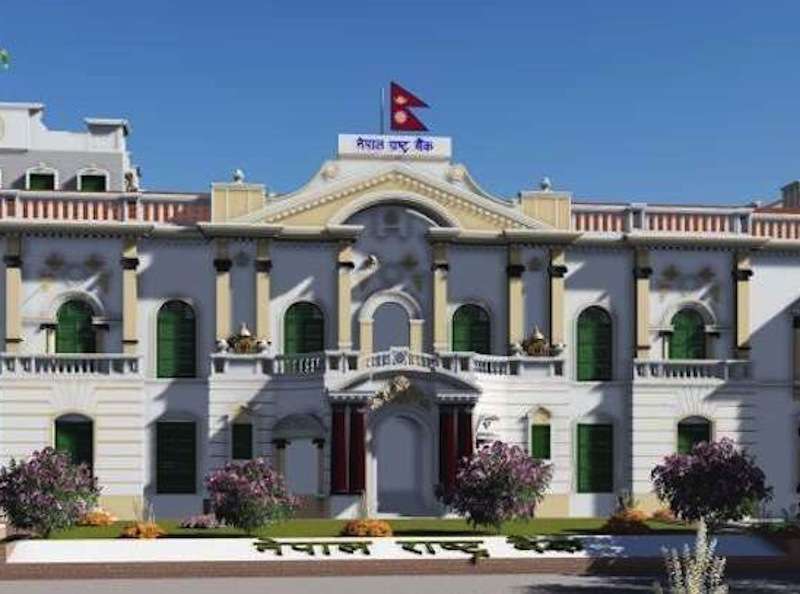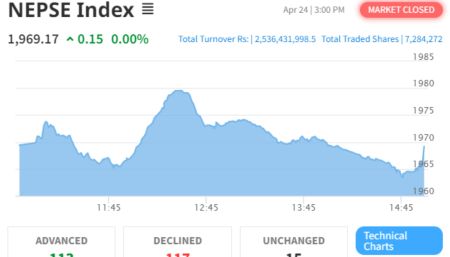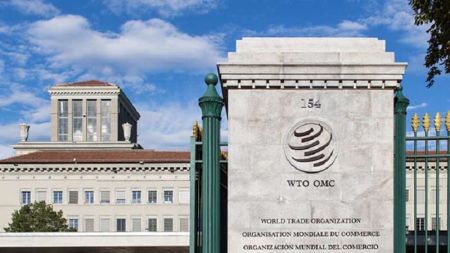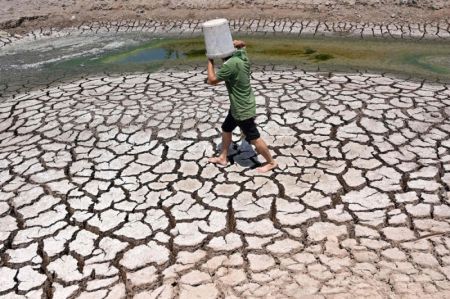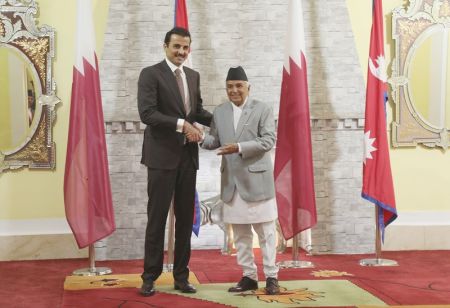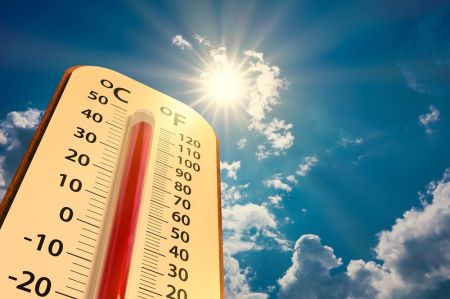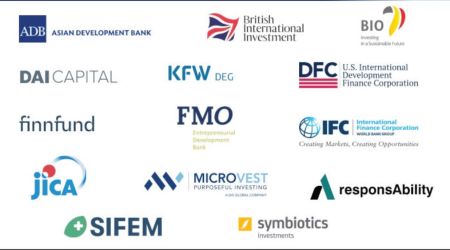March 11: Most of the macroeconomic indicators of the country are negative in the first seven months of the current fiscal year. The Current Macroeconomic and Financial Situation Report of the first seven months of FY 2021/22 published by Nepal Rastra Bank (NRB) on Friday shows that majority of the indicators are negative.
Nepal’s imports in the first seven months of the current fiscal year stands at Rs 1147 billion which is an increase of 42.8 percent compared to the corresponding period of the last fiscal year. Nepal’s imports had increased by 0.1 percent during the corresponding period of last year, according to the NRB report.
Economists say that the people will ultimately have to bear the consequences as Nepal’s economy is driven by imports. Economist Dr Resham Thapa says that the country’s overall economy is slipping behind.
“All the economic indicators of the last seven months are negative,” said Thapa, adding, “This will directly impact the general public. Inflation is also more than last year. The indicators clearly show that inflation is going to further rise in the near future.”
According to the central bank’s report, Gross foreign exchange reserves decreased 16.2 percent to Rs 1173.02 billion in mid-February 2022 from Rs 1399.03 billion in mid-July 2021.
The country’s foreign exchange reserves are enough for imports of goods and services for the next six months. However, economists argue that the country’s foreign exchange reserves are not what they seem to be due to the increase in prices of gold, petroleum products and the rate of US dollars. Thapa argues that Nepal has failed to capitalize on the rise in US dollar because its economy is import-oriented.
Of the total foreign exchange reserves, reserves held by NRB decreased 17.7 percent to Rs 1024.60 billion in mid-February 2022 from Rs 1244.63 billion in mid-July 2021. Reserves held by banks and financial institutions (except NRB) decreased 3.9 percent to Rs 148.42 billion in mid-February 2022 from Rs 154.39 billion in mid-July 2021. The share of Indian currency in total reserves stood at 24.2 percent in mid-February 2022.
Balance of Payments (BOP) remained at a deficit of Rs 247.03 billion in the review period against a surplus of Rs 97.36 billion in the same period of the previous year.
Inflow of remittance decreased 4.9 percent to Rs 540.12 billion in the review period against an increase of 10.9 percent in the same period of the previous year.
The year-on-year consumer price inflation stood at 5.97 percent in the seventh month of FY 2021/22 compared to 2.70 percent a year ago. Food and beverage inflation stood at 6.00 percent whereas non-food and service inflation stood at 5.96 percent in the review month.
The current account remained at a deficit of Rs 413.86 billion in the review period compared to a deficit of Rs 104.39 billion in the same period of the previous year.
Experts argue that the impact of Russia-Ukraine war that broke on February 24 has already affected Nepal’s market but the central bank’s report does not show the impact of war.


